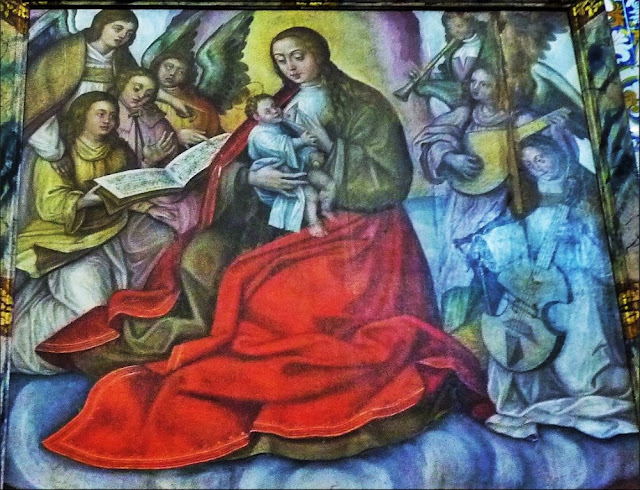BROTAS
38º 52' 23'' N; 8º 09' 01'' W
Bordering Ribatejo and just over an hour from Lisbon, those who pass through the village of Brotas can get away from everyday life and enjoy the peace of the countryside.
Until 1834, the parish of Brotas belonged to the municipality of Águias. The seat of this municipality was initially the village of Águias, having passed at the end of the 18th century to the Municipality of Mora, to which it currently belongs.
With about five hundred years of history and an unusual architectural heritage, the village of Brotas is a pleasant and special place. A typical Alentejo village, with low houses, with whitewashed walls, with a colored streak over the jambs and the doorways. Decorated with traditional furniture from the region, these houses reproduce the spirit of the rural and timeless Alentejo.
Like so many other villages, Brotas was born due to the presence of a small existing chapel where today the imposing and unusual Sanctuary of Nossa Senhora de Brotas is located. It is a very peculiar case, in which the first civil constructions that formed the small and initial urban agglomeration, called the Baroque of Nossa Senhora de Brotas, were ordered to be erected by pilgrims, organized in brotherhoods, as, indeed, the tombstones, still existing today, confirm it.
The nature and surroundings of Aldeia de Brotas are the Alentejo in its pure state, a landscape little shaped by man.
The waters no longer flow as abundantly, but it is the thickets of pine, holm, and cork oak that shape the landscape. Under their shadows, the most diverse animals graze extensively. Many in production biological method. Where, after being transformed, the well-known smokers come from. It is under the treetops and among them that many of the wild delicacies that the gastronomic recipe is referring to are picked up.
In addition to this diversity, we cannot forget the endogenous flora from which aromatic oils and sweet honey, come from. Plus the wild fauna that is seen in these fields outside running and jumping. Be sure to look up to see the blue of this unique sky, full of birds by day and by the stars in the calm and serene nights of Alentejo.
The village of Brotas and its surroundings have some monuments and centers of interest that can be visited.
The Church of Nossa Senhora das Brotas, or Igreja Matriz de Brotas, originated in the 16th century, but it has been a pilgrimage site since the 15th century, due, according to legend, to the apparition of Nossa Senhora, who miraculously healed a cow. The chancel ceiling and cross are from the 16th century, but the decoration was made with tiles in the 17th century and with neoclassical marbles in the reign of D. Maria I. The exterior balcony with an altar is also from the 17th century.
The set of buildings of the Igreja Matriz de Brotas, which resembles a neighborhood and supported the pilgrimages of the Irmandades de Nossa Senhora das Neves. All houses have two floors and some have a staircase leading to balconies. In the vicinity, you can also see a fountain with a spout and a rectangular sink, as well as the Sanctuary of Nossa Senhora das Brotas.
TORRE DAS ÁGUIAS
38º 52' 30'' N; 08º 07' 35'' W
The Torre das Águias which is located in the village of Águias, parish of Brotas, and is located in the vicinity of the Divor River and the sanctuary of Nossa Senhora das Brotas is also a very good example of what can be visited. It was part of the so-called Águias village, of which some houses still remain. It is one of the most significant examples of Manueline towers in the region, although quite degraded.
The Torre das Águias which is located in the village of Águias, parish of Brotas, and is located in the vicinity of the Divor River and the sanctuary of Nossa Senhora das Brotas is also a very good example of what can be visited. It was part of the so-called Águias village, of which some houses still remain. It is one of the most significant examples of Manueline towers in the region, although quite degraded.
💓💓💓💓💓
SEARCH IN ALPHABETICAL ORDER
IN THE DISTRICT OF ÉVORA

Mora;
💓💓💓💓💓
Return to mainland Portugal &
the Azores and Madeira islands












































